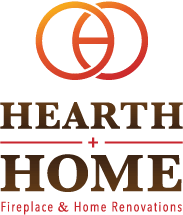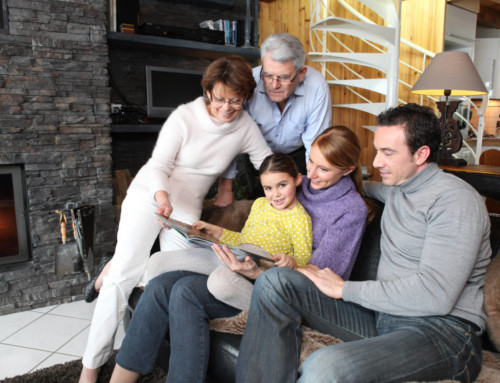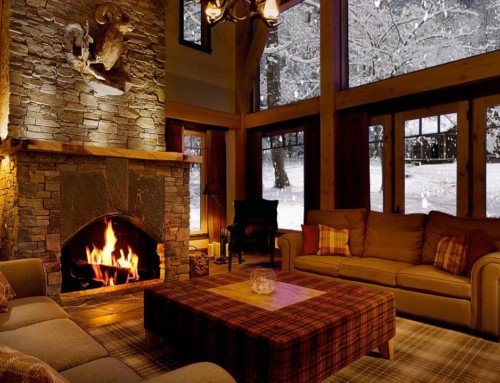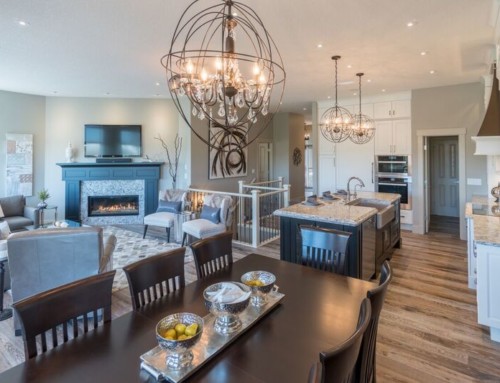 Background
Background
On January 1, 2017, the Alberta government introduced a carbon tax, which is a levy on all greenhouse gas emissions, of $20/tonne. In 2018, this will increase to $30/tonne. Whether you agree with this measure or not, it is now something we all have to deal with. So how can we best go forward under the new Alberta carbon tax structure?
How to Deal With the Carbon Tax
Ultimately, the best way to proceed is to try and reduce our fuel consumption as much as possible. Not only will this reduce our heating/fuel bills each month, but reduced energy consumption can mean possible rebates under this new levy/rebate structure*. Not to mention the fact that we will also be reducing our carbon footprint, which is ultimately a good thing for our environment.
The Conscious Energy Opportunity
Alberta’s new carbon tax offers us all an opportunity to take a look at all the choices we have and make decisions in a conscious way; to re-assess our fuel usage and decide what is best for our families. For home heating, this means improving efficiency wherever possible. Here are our top five ways to do that:
1) Lower your thermostat and use additional heating only when necessary. Installing a programmable thermostat (this can be done for free under Energy Efficiency Alberta’s new Residential Programs) can assist with this. Lower thermostats can save most homes about 2% of their heating bill for each degree lowered (for a majority of the day or night). As an example, turning the thermostat down from 72°F to 67°F saves about 10% ($100 per $1,000 of heating cost)**.
2) Try using zone heating within your home. In conjunction with lowering your thermostat, only use additional heat in the areas of the home currently in use. Using zone-heating appliances such as high-efficiency home fireplaces or even traditional wood-burning stoves, built-in wood-burning fireplaces or wood-burning fireplace inserts can be an excellent alternative with many additional benefits. Studies show zone heating can provide energy savings of up to 40%***.
3) Consider energy efficiency-oriented home renovations. These can include upgrades to insulation, installing a high-efficiency furnace, improving heat flow and ducting throughout the home, installing more efficient windows, doors, appliances, solar panels, heat recovery units and other items in order to improve energy efficiency and reduce heat loss as much as possible. Again, there are now incentives to complete these upgrades under Alberta’s new Residential Programs.
4) Increase humidity within your home. It’s no secret that more humid air can hold more heat, but this is often overlooked within home heating, and can be especially important in dry climates such as Calgary’s. Get some houseplants and consider installing a humidifier to add some moisture to the air – just don’t add so much that you start seeing condensation on walls or windows.
5) Properly maintain your central heating systems. Regular cleaning and maintenance of your furnace filters, duct work, registers and duct dampers can control air flow and ensure you’re achieving maximum efficiency from your existing home heating system.
– Jason Meyer
* Carbon levy and rebate costs. Government of Alberta.
** Consumer Guide to Home Energy Savings, 10th Edition. Jennifer Amann, Alex Wilson & Katie Ackerly 2013
*** ACEEE 1990 Summer Study on Energy Efficiency in Buildings. Proceedings. Volume 9.


 Background
Background


